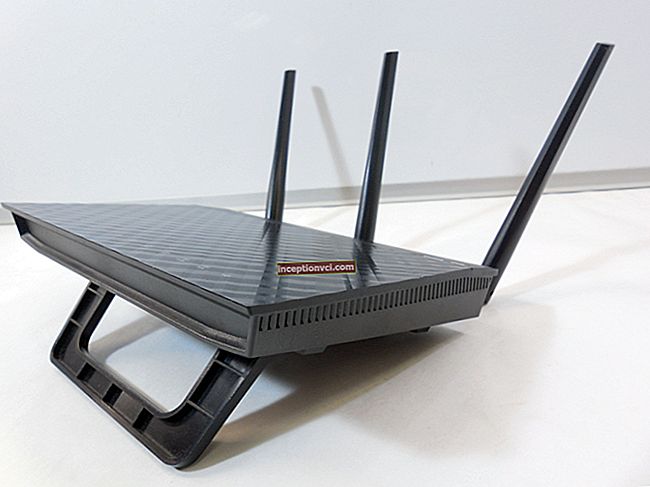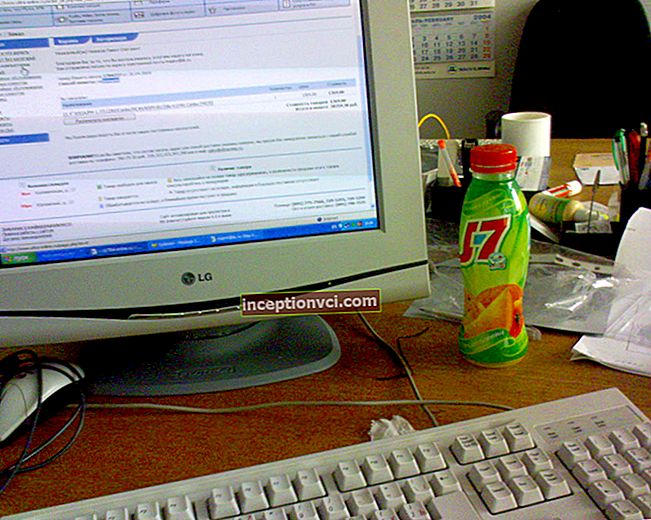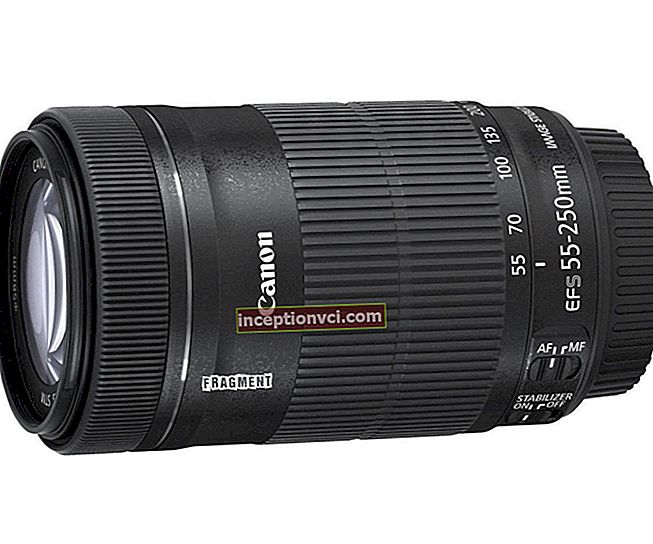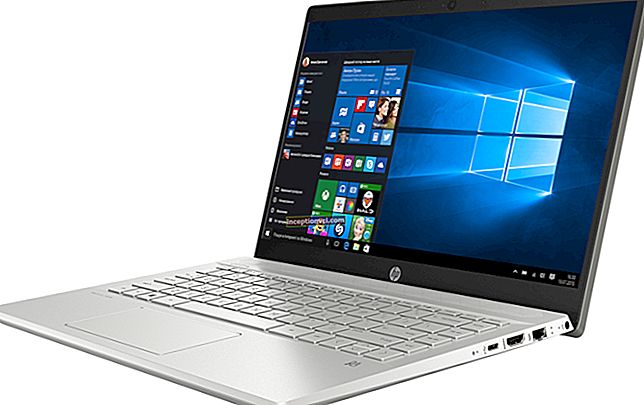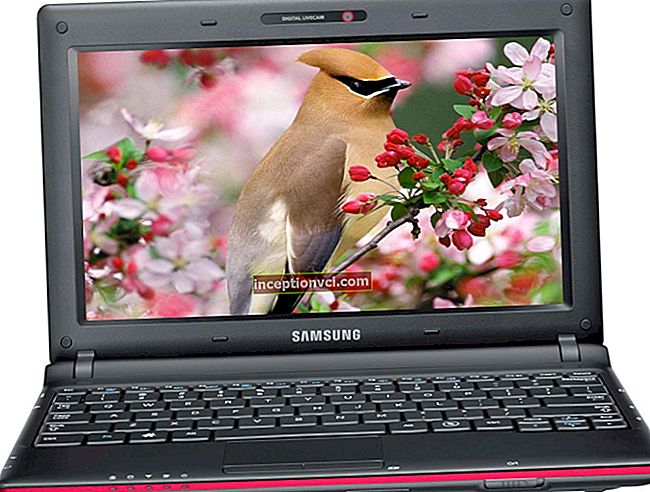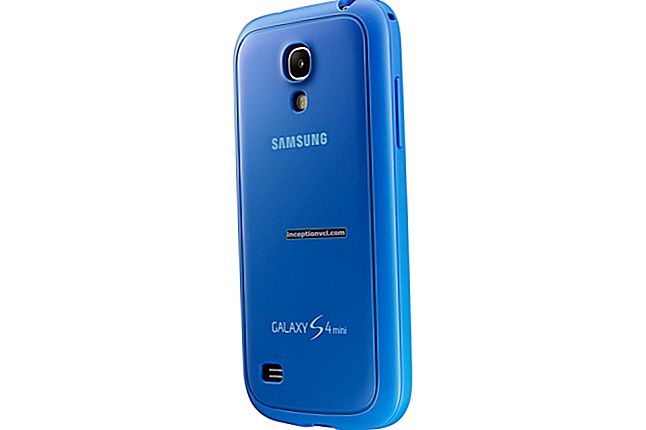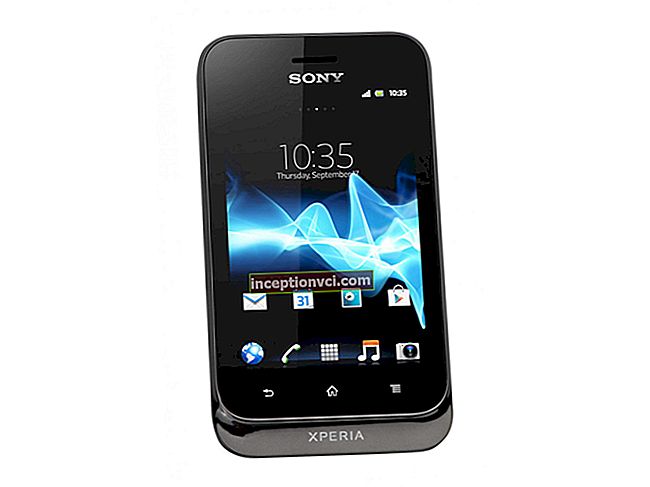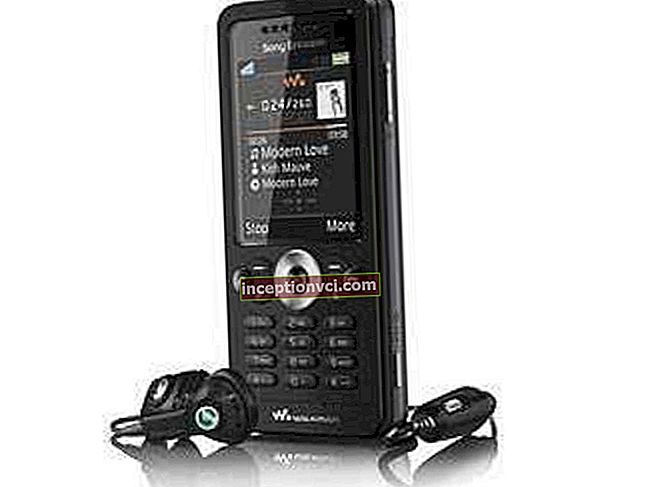VelociRaptor - FASTER, BIGGER, HUNGER.
Review and testing of the WD VelociRaptor WD6000HLHX.
The first hard drives of the Raptor family appeared more than seven years ago, in early 2003. Western Digital expected the new line to replace competing SCSI models in powerful workstations and entry-level servers. But, since the SATA interface had just appeared then, and the SCSI interface was used in servers and graphics stations, which at that time was the industry standard for high-speed hard drives, the novelty did not find its buyer. Some skepticism during the operation of the first disks of this series was also caused by the fact that the disks remained traditional PATA drives and worked with SATA controllers through a special bridge, which reduced the data transfer rate. At the same time, the cost of the Raptor series disks was much higher than the PATA drives, and these devices occupied a niche between SCSI and PATA, which was not in demand on the market at that time. The small volume of disks (36 GB) at a high price did not attract users, and the series was produced in small editions. The situation changed slightly with the release of the updated Raptor line in 2006. The Western Digital corporation has somewhat changed its marketing policy and made a bet that the disks of the updated line are suitable not only for servers and graphics stations, but also for computer enthusiasts and gamers who need a high-speed disk subsystem. The Raptor X hard drive has become a hit because of its uniqueness. Recall that the 150 GB Raptor X disk, with all its advantages as a high-performance disk (read / write speed of about 75 MB / s), also had an attractive design with a transparent window. Two years ago, Western Digital renewed its Raptor line of drives, renaming it WD VelociRaptor and increasing the maximum drive capacity to 300GB. At the same time, instead of 3-inch plates, 2.5-inch plates were used. This reduced the size of the drives themselves, which could now fit into 2.5-inch drive cages. True, these disks could not be installed in laptops, since they had an increased thickness (like some very old RATA disks for laptops, for example, the IBM DCRA-22110). Also, with the new version of the disks, a special case-mount was supplied for installing a disk in a 3.5-inch bay. This case was a massive heatsink called IcePack, which, according to the manufacturer, reduced the overall temperature of the drive by 5 ° C. In addition, an adapter board was rigidly installed on the IcePack, since the location of the connectors for 2.5 and 3.5-inch drives is different and does not allow them to be installed in server sleds. Specifications The WD VelociRaptor 600GB WD6000HLHX hard drive is designed for ultra-thin servers (U1 and U2), high-performance computers, Mac computers and professional graphics workstations mounted in a server rack, where the combination of high performance and the highest reliability is important. At the moment, the new VelociRaptor series drives are the only SATA drives on the market with a rotation speed of 10 thousand rpm. WD claims a 15 percent performance improvement over the previous generation. It should be noted that hard drives from this series are created using enterprise-class mechanical components that ensure reliability when operating in 24/7 mode even under severe loads. The new disc has the same design as the previous series discs. The case has a form factor of 2.5 inches and the height of the hard drive case is 15 mm.Western Digital also in the new line provides the user with the choice: a separate 2.5 "drive or complete with a mount for a 3.5" IcePack bay, which acts as a radiator. Since SAS hard drives with large capacities are quite expensive, it is anticipated that VelociRaptor drives will become a more affordable alternative for mid-range and entry-level servers that do not require very high I / O performance. The new WD VelociRaptor WD6000HLHX hard drive comes with a 32MB buffer based on Samsung's K4H561638J-LCCC DDR memory chip. The WD6000HLHX model, like the younger WD4500HLHX model, has a SATA Revision 3.0 interface, which is based on the Marvell 88I9045-TFJ2 controller. The transition time from track to track was reduced to 0.4ms. Note that this parameter affects the average access time, which should be even shorter compared to previous models. MSRP for the 450GB WD VelociRaptor (WD4500HLHX) is $ 299 and the 600GB drive (WD6000HLHX) is $ 329. Specifications WD VelociRaptor 600GB WD6000HLHX: Performance Buffer volume Rotational speed Average delay time Number of parking operations Data transfer rate - read from drive cache (Serial ATA) 32 MB rated 10000 rpm nominal 3.00 ms Not less than 600,000 maximum 6 Gb / s Search time Search time when recording Read seek time Time to jump from track to track when reading average 4.2 ms average 3.6 ms average 0.4 ms Physical characteristics: 2.5 "Form Factor (3.5" with IcePack Heatsink) NCQ support - yes Number of plates - 3 Capacity after formatting Capacity Interface Number of sectors available to the user 600127 MB 600 GB SATA 6 Gb / s 117212356 Dimensions. Metric measures Weight Length Height Width 489 BC 147 mm 26.1 mm 101.6 mm English measures Weight Length Height Width 1.08 lb 5.787 inch 1.028 inch 4.00inch Acoustic performance and impact resistance In search mode Idling Shock resistance when inoperative Shock resistance in working order (read) average 37 dBA average 30 dBA 2ms, 300 g 2ms, 65 g Climatic conditions Temperature (metric) Humidity Altitude (metric) Out of service In working order Out of service In working order Out of service In working order -40 ° - 70 ° C 5 ° - 55 ° C rel. wet 5-95% non-condensing rel. wet 5-95% non-condensing -305 m - 12200 m -305 m - 3050 m Vibration resistance Vibration (idle) Vibration (in working order) High frequency Low frequency Arbitrary Linear 20 - 500 Hz, 4.0 g (0 to peak) 0.05 g / Hz (10 - 300 Hz) 10 - 300 Hz, 0.008 g / Hz 20 - 300 Hz, 0.75 g (0 to peak) Electrical characteristics Power consumption (5V DC) Power consumption (12V DC) Idling Read / write In standby In sleep mode Idling Read / write In standby In sleep mode 360 mA 470 mA 130 mA 120 mA 210 mA 320 mA 5 mA 5 mA Thermal parameters Heat dissipation Idling Read / write In standby In sleep mode 4.30 watts 6.20 watts 0.70W 0.70W Test methodology To test the WD VelociRaptor WD6000HLHX hard drive, we used a special stand, which was assembled on the basis of a motherboard, based on AMD 890G system logic. We installed the operating system on the first HDD and connected it to one of the SATA channels implemented in the SB850 south bridge. The tests were carried out under the Windows 7 Ultimate (32-bit) operating system. The test bench was the following configuration: • Gigabyte GA-880GMA -UD3H motherboard with AMD 890G system logic set; • hard disk (for system installation) Western Digital 1000GB 32MB 7200rpm 3.5 SATAII RE3 (WD1002FBYS) (1 TB); • AMD Phenom II X6 1090T 3200MHz / L3-6144Kb / HT AM3 processor; • memory Kingston DDR3 2x2048Mb PC-16000 2000MHz (KHX2000C9AD3T1K2 / 4GX) (with timing 8-8-8-27); • power supply unit with a capacity of 850W Chieftec APS-850C 850W. We chose the Gigabyte GA-880GMA-UD2H motherboard because AMD was the first to integrate a SATA controller with SATA Revision 3.0 support into its chipset, which provides RAID levels 0,1,5 and 10. This board was probably the most up-to-date at the time of writing. Like the latest generation motherboard, it has an integrated USB 3.0 controller based on NEC chips.To get a real picture of the performance of this unusual drive, it was connected to the motherboard first to a controller supporting SATA Revision 3.0 and then to a motherboard port that only supports the previous SATA Revision 2.0 specification. To appreciate the benefits of this model, we compared the WD6000HLHX with two popular Seagate hard drives, the ST31500341 AS and ST32000641AS. Note that the Seagate ST32000641 AS hard drive also has a SATA Revision 3.0 connection interface. To determine the performance as a bench mark, we used the synthetic test IOmeter 2006.07.27. It is an industry recognized standard and is used to measure the performance of industrial storage subsystems (RAID arrays, disks, etc.). With the IOmeter 2006.07.27 test, you can simulate almost any type of hard disk load. You can resize read / write request blocks, set task queue depths, change percentages between read and write and between sequential and selective, etc. In addition, the IOmeter 2006.07.27 test will allow you to work with both a formatted disk and a disk that does not yet have logical partitions. It may be more correct to test a disk without logical partitions. In our tests, we measured the speed of the sequential write and read operation, and also the speed of the selective write and read. The sizes of data blocks varied from 512 bytes to 1 MB. We ran 56 tests on our disk using this program. For each of the four operating modes: linear writing, linear reading, selective writing and selective reading, 14 tests each. Tests were run with Outstanding l / Os task queue depths of 4. Test results The results of the comparative tests of the WD WD6000HLHX hard drive in the IOmeter benchmark can be seen in graphs 1-4. As you can see from these graphs, in all tests without exception, this model outperforms traditional hard drives in read / write speed. Sequential Read Speeds Let's take a closer look at the test results. In sequential (linear) read modes for all devices, the read speeds depend on the size of the data blocks (per graph 1), since ordinary hard disks are used as test subjects, and not SSD or flash memory. Initially, the sequential read speeds increase with an increase in the data block, but when certain maximum values are reached, they stop increasing and the readings stabilize. At the same time, for the investigated WD WD6000HLHX model and the Seagate ST1500341 AS hard drive, saturation begins at a block size of 16 KB. But the 2 TB Seagate XT model saturates earlier - with a block size of 8 KB. The graphs show that the data transfer rates for the tested WD WD6000HLHX drive when using the SATA Revision 2.0 or SATA Revision 3.0 interfaces are higher than those of similar models from the competitor Seagate. Note that the maximum speed of this drive in this test was 149 MB / s, which is 10 MB / s more than the nearest competitor Seagate XT. At the same time, the difference in speed when using the SATA Revision 2.0 or SATA Revision 3.0 interface is almost imperceptible. The only thing worth noting is a slightly higher speed with small blocks when a hard drive is connected via the SATA Revision 3.0 interface. Sequential write speeds When performing sequential write operations (in graph 2), a similar dependence of speed is observed for the tested models. Saturation for the investigated model WD WD6000HLHX starts at block sizes of 16 and 32 KB (connecting SATA Revision 3.0 and SATA Revision 2.0, respectively). In this test, the WD WD6000HLHX also outperforms Seagate models by an average of 15 MB / s. Selective Read Speeds Selective write speeds In the selective read / write operation (in graphs 3 and 4), the read / write speed of the WD WD6000HLHX hard disk is practically independent of the interface type.In both tests, with large data blocks, the speed of this model increases many times and exceeds that of the Seagate models. This is due to the fact that the disk with the increased size of data blocks, operations become more sequential. conclusions The WD VelociRaptor line of drives can be positioned between conventional SATA hard drives and the increasingly popular flash-based SSD drives. Because SSDs have a high cost per volume, the WD VelociRaptor models outperform them due to their high volume and speed. SAS hard drives come with a high cost per unit volume, so the WD VelociRaptor 600GB WD6000HLHX is the sweet spot for all drives. High rates of not only read / write speed, but also data access time allow the models of this line to be used in entry-level servers, graphics stations and high-performance computers, especially in RAID modes. However, the price for these models is quite high. Given the downward trend in prices for large-capacity SSDs, the future of the WD VelociRaptor series is uncertain. It should also be noted that the increase in user speed when using WD VelociRaptor drives, which have a shorter data access time, may not be noticeable, since Windows Vista and 7 operating systems use their own technologies for fast loading of frequently used data, which are constantly being improved ( ReadyBoost and Superfetch). However, none of Western Digital's competitors presented analogues of this series, from which we can conclude that these products are still unique, although their sales level is low.

 In the first quarter of this year, Western Digital has again renewed its VelociRaptor line of hard drives. The most important advantage of the new line is the increased disk capacity - now it ranges from 450 to 600 GB for various models, which is not so small when compared with other models of hard drives. One of the representatives of the new line will be considered by us.
In the first quarter of this year, Western Digital has again renewed its VelociRaptor line of hard drives. The most important advantage of the new line is the increased disk capacity - now it ranges from 450 to 600 GB for various models, which is not so small when compared with other models of hard drives. One of the representatives of the new line will be considered by us.






